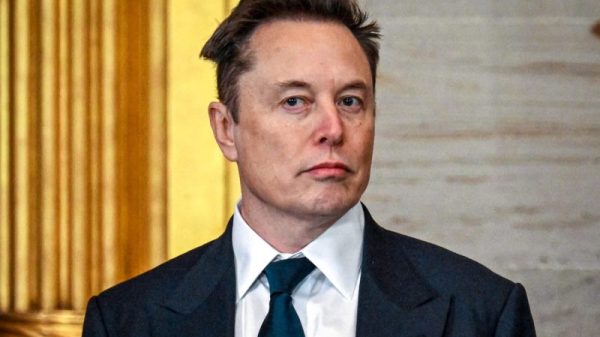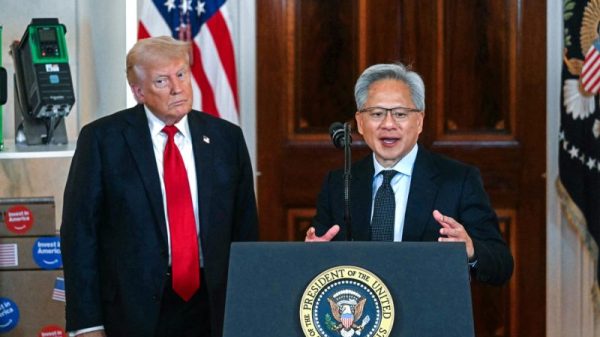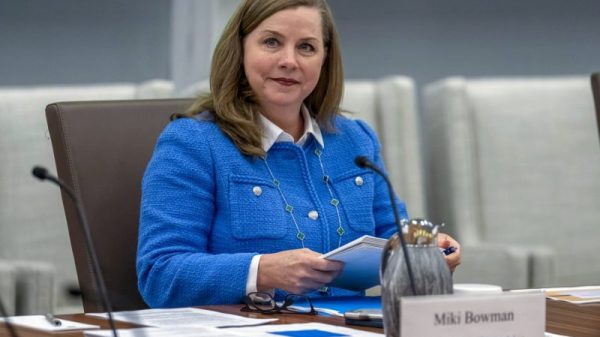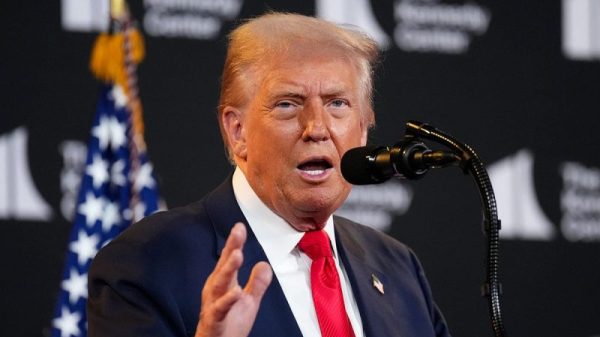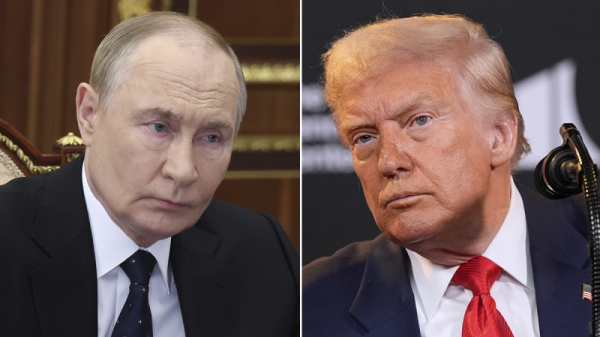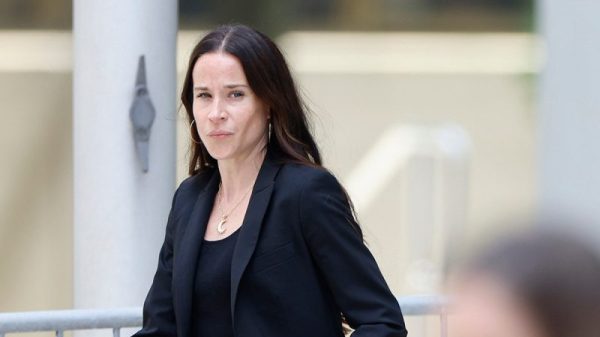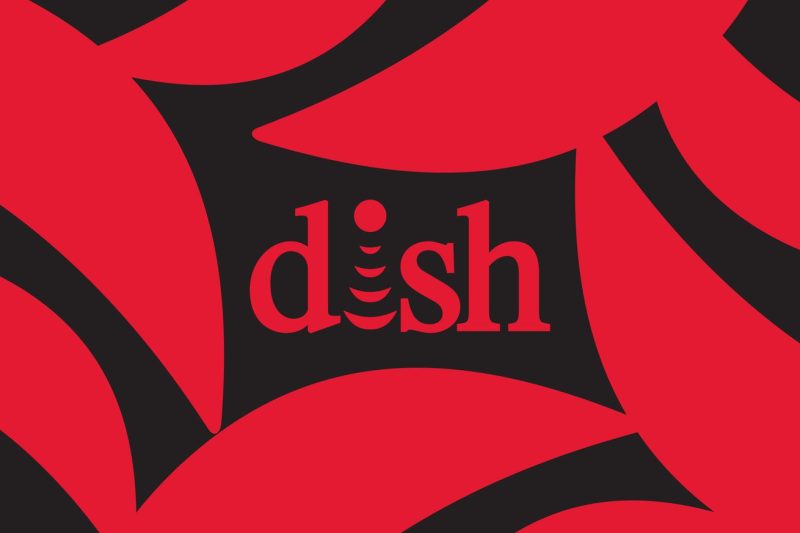Directv And Dish’s On-And-Off Merger Saga Switches Back To Off
In the world of satellite television, the ongoing saga of a potential merger between two major players, DirecTV and Dish Network, has been a rollercoaster of anticipation and uncertainty for industry insiders and consumers alike. The recent news of the merger negotiations switching back to off status has left many wondering about the fate of these two giants in the entertainment industry.
The idea of a merger between DirecTV and Dish Network has been speculated for years, with both companies facing challenges from streaming services like Netflix and Hulu. The potential synergies of combining forces, such as cost savings and expanded offerings, seemed promising. However, navigating through regulatory hurdles, antitrust concerns, and disagreements over control and valuation proved to be major roadblocks.
The back-and-forth nature of the merger talks, now switching back to off, reflects the complexity and challenges involved in such high-stakes negotiations. Both DirecTV and Dish Network are facing significant pressures in the rapidly evolving television landscape, with cord-cutting on the rise and competition from streaming services only intensifying.
For consumers, the uncertainty surrounding the potential merger can have implications on pricing, channel offerings, and overall customer experience. A combined company could potentially wield more bargaining power with content providers, but concerns about monopolistic practices and reduced competition remain valid.
As the saga of DirecTV and Dish’s on-and-off merger continues to unfold, industry observers are keeping a close eye on developments. The future of these two giants in the satellite television space remains uncertain, but one thing is clear – the landscape of the entertainment industry is rapidly changing, and companies must adapt to survive in this dynamic environment. Whether a merger eventually materializes or not, the challenges and opportunities facing DirecTV and Dish Network will continue to shape the future of television viewing for years to come.






